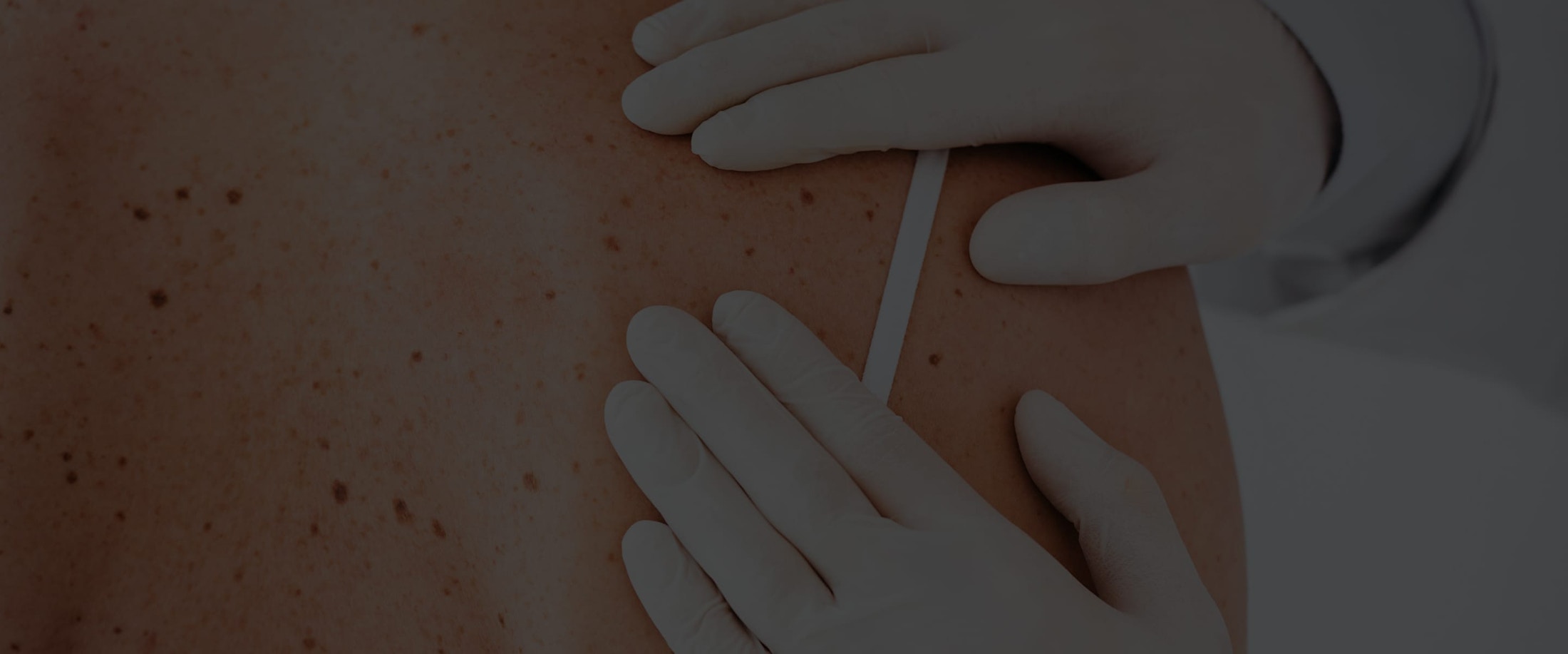Some people are proud of their scars. Others find theirs unsightly or a permanent reminder of past trauma. For those who fall into the latter category, scar revision can help them to feel more comfortable in their own skin.
How Do I Know if Scar Revision Is Right for Me?
Scar revision is a treatment option for individuals looking to minimize the appearance of scars and improve their skin’s overall texture and tone. Ideal candidates include those with visible scars from surgery, injury, acne, or other skin conditions. The best results are achieved when scars have fully healed and stabilized, typically six months to a year after the initial injury or surgery. Candidates should have generally healthy skin with no active infections or conditions in the treatment area.
Ideal candidates for scar revision are non-smokers or willing to quit smoking, as smoking can impair the healing process. Additionally, candidates must commit to following post-procedure aftercare guidelines to ensure optimal healing. If you are considering scar revision, consulting with a qualified APDerm provider will help you determine your ideal treatment plan. Schedule a consultation with a clinician at APDerm at a location near you to have our experienced team assess your scar and discuss the most effective options.





